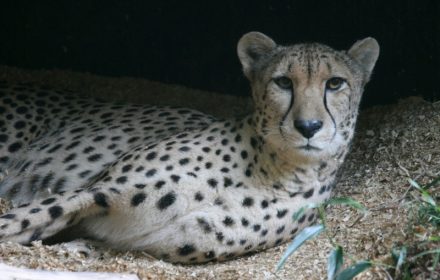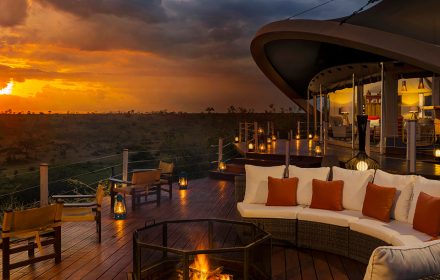This article delves into the symbolism of the cheetah, exploring its significance through the lens of psychic insight. We will examine how the cheetah’s qualities can offer guidance and how its symbolism may be connected to the psychic realm. It helps you uncover the wisdom and guidance the cheetah offers.
Articles by V
In the spiritual real, when a cheetah appears as a spirit animal, it carries with it deep meanings that can influence one’s spiritual journey, decisions, and personal growth. Psychics, with their heightened intuition and connection to the spiritual world, often work with such spirit animals to offer guidance and insight.
Traveling for work can be both exciting and challenging. While it opens up opportunities for professional development, it also comes with risks, particularly concerning health and safety. Understanding how to navigate workers compensation while traveling is essential for protecting your rights and ensuring you receive the many benefits you deserve.
Traveling is exciting and filled with new experiences, beautiful landscapes, and cherished memories. However, the most frustrating issue is lost luggage. When your bags do not arrive, it can throw your trip into disarray. In such situations, the need to hire the services of a certified compensation professional becomes crucial.
Traveling in America can be an adventurous, filled with new experiences and breathtaking sights. However, remember that the trip can also present challenges, including the risk of passport theft. Losing your passport not only disrupts your travel plans but can also expose you to identity theft and other serious issues.
Traveling can be one of life’s most enriching experiences, offering a chance to explore cultures, cuisines, and landscapes. However, amidst the excitement of discovering new destinations, unforeseen circumstances can arise, particularly concerning health emergencies. In such situations, accessing emergency room services in a foreign country can be challenging and stressful.
Traveling offers the chance to explore new cultures, indulge in cuisines, and create unforgettable memories. However, the excitement of planning a trip can be overshadowed by unforeseen circumstances, legal complexities, and potential disputes that may arise during your travels. This is where the expertise of a travel attorney becomes invaluable.
Shs. 62,260/- ground package per person per night at Mahali Mzuri Mara. Valid until 19 December 2024. Minimum 2 nights
Shs. 36,080/- full-board per person per night at Cottar’s Safari Camp. Valid until 19 December 2024. Min 2 nights
Traveling abroad can be an enriching experience filled with delight, adventure, new cultures, and unforgettable memories. However, accidents and unforeseen incidents can occur, leading to personal injury. When faced with such situations in a foreign country, knowing how to find the best lawyer for personal injury becomes crucial and essential.










